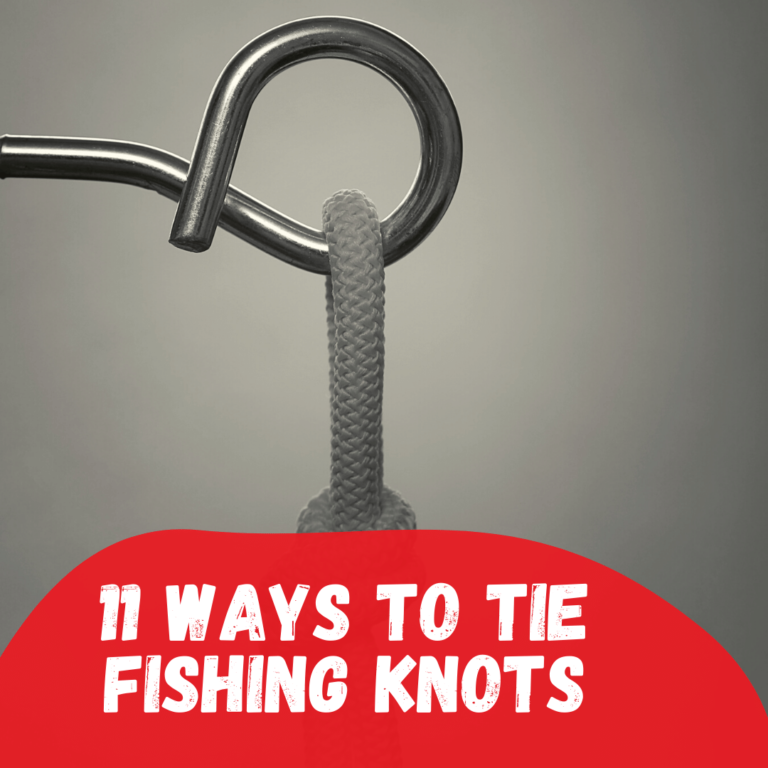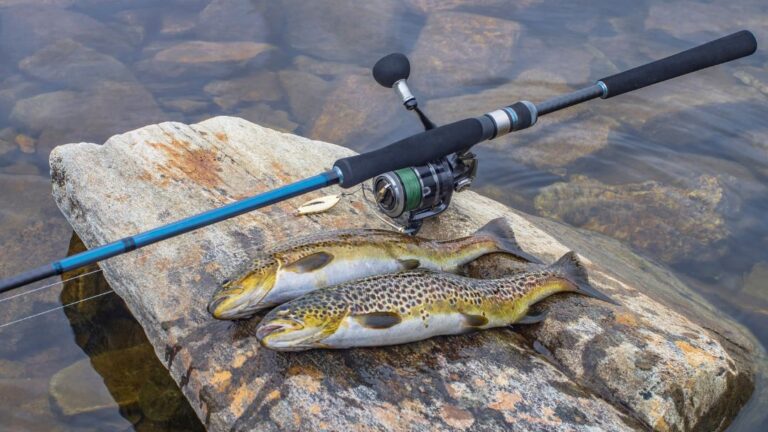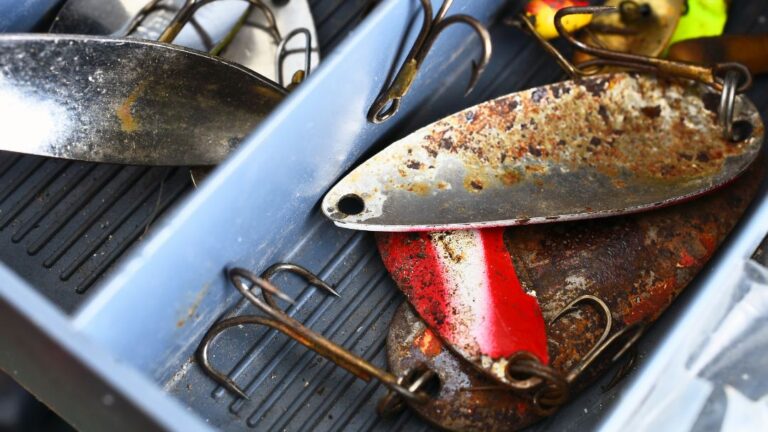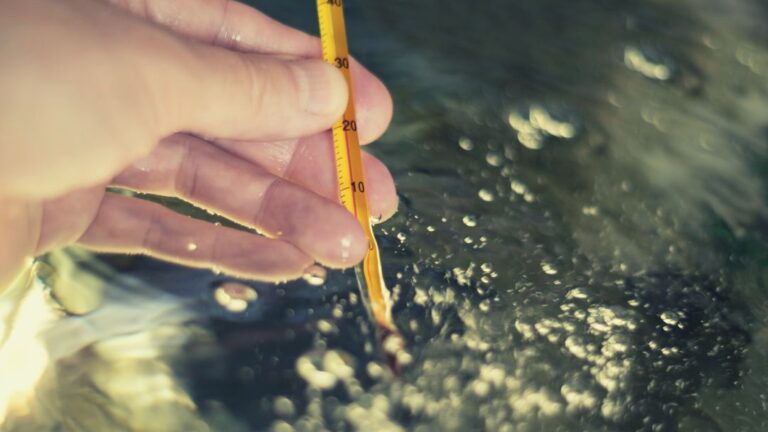How to take a fish off a hook – Safe Fishing
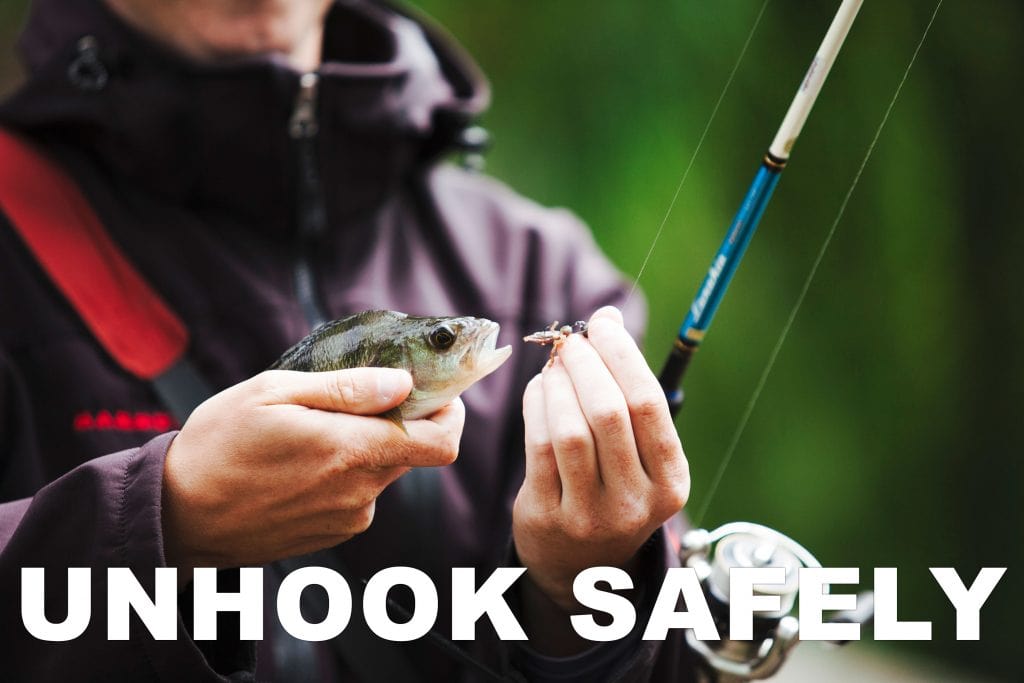
Whether you are a new or an experienced sport fisherman, you are very likely to practice some kind of catch and release. The reasons for releasing fish vary from fishers who like to fish but not taste, to fishers who practice strict conservation methods in the hope of maintaining healthy fishing for future generations. Follow this guide for a correct catch and release in sport fishing. To ensure the lowest possible mortality rate for your catch, follow this guide for proper catch and release in sport fishing and take into account these criteria: equipment selection, fighting fish, fish hook removal and proper fish handling, rekindle and release, and leave no trace.
1. Common myths of capture and release
These are some myths about capture and release so as not to make the mistake of thinking we did a good job when in reality we are likely to send the fish to its death.
Myth 1: The fish swam away, it’s fine!
This is a HUGE lie. More than 90% of fish mortality occurs after the fish swim away. This can happen hours or even days after we release them. For this reason, we always have to practice the technique perfectly, because once we let that fish go, if we didn’t do our job correctly, the chances of survival are slim.
Myth 2: I put it on the floor for a minute
I know that most of you do not usually place the fish on any surface, but getting them out of the water and putting them on something is terrible for them every second they spend out of the water reduces their chances of living. Never place fish on rocks, grass, or anything out of the water, even if it is wet. The lack of oxygen and the loss of drool from your body drastically reduce the chances of survival of the fish.
Myth 3: Those who practice capture and release are elitist
Although it may be true. Since there may be some fishermen who practice catch and release to appear superior. The goal is to do what we can to conserve and protect this precious resource that we fish. We all kill fish, including those we practice catching and releasing because the fish are delicate. We who practice sport fishing, have the responsibility to do our best to protect and preserve them. This also applies to rivers, lakes, beaches, and/or seas where we fish. This is the reason why many fishermen capture and release and try to educate when opportunity. Most of the motives of sport fishermen are pure and want to help preserve the waters and fish.
Myth 4: Capture and release is a religion
We are not saying that if you do not catch and release a fish properly, that you are a bad person or that we will report you with PETA or that you hurt the feelings of the fish or that the gods of the fish will prevent you from catching fish again. The reason for the capture and release is to preserve a wonderful resource that we all enjoy. So with this guide for a correct catch and release in sport fishing and our work as sport fishermen, we must practice, promote and educate. Let them go so they can grow.
2. Safe hooks
There are different types and shapes of hooks in the market. You need to know which type of hooks are safer than the other one. Which won’t hurt a fish and easy to take a fish off a hook.
Treble Hook
These hooks can cause a lot of damage to your catch. Avoid them! Most commercial (hard) lures come with this hook style. You can easily replace them with a “J” type, which can even improve the performance of your hard lure in the water.
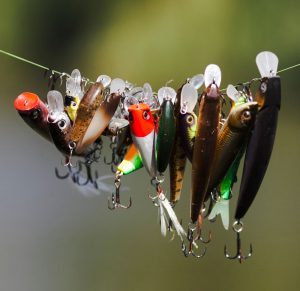
J Hook
Replace your Treble Hook lure with J Hook. For this place the ring (small) that connects the hook with the lure. These rings are a miniature version of the ring that has your car keys. With tweezers, open the lure rings. Remove the triple hook and replace them with “J” shaped hooks or circular hooks. Keep in mind that “J” hooks and circular hooks create less resistance in the water than triple hooks, so you may notice a significant increase in the action of your lure when fishing.
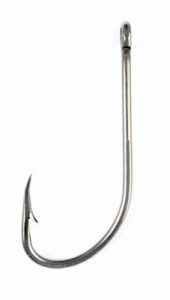
Circular Hook
These hooks are designed so that the tip rotates in a circular shape. This allows the hook to be hooked on the fish’s lip, and not hooked on the fish’s stomach in case it is swallowed. These hooks have been extensively researched by biologists and this is what every fisherman who catches and releases should use.
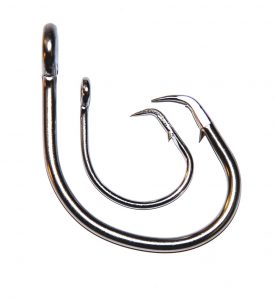
3. Use Tweezers
It is important that you always use a tool to extract the hook, you can use everything from surgical tweezers to special tweezers and tools that cut the metal from the hook. Choose one of your choices and keep it at hand. Just be sure to keep the line taut and roll up quickly when the fish bites the hook. Without the harpoon, the fish can be released while fighting before taking it out of the water.
4. Pro Tips
Use hooks and lures that catch as close to the mouth as possible, which can be removed quickly and cause as little damage as possible. Use the appropriate gear (rods, reel, and line) for the size of the fish you are aiming at. Be sure to check local laws regarding the body of water you plan to fish. There may be rules that prohibit certain lures/gears.
You can see the related post: 10 Ways To Avoid Line Snags While Fishing Video on How to take a fish off a hook easily from the fish mouth without any tools.
Conclusion
It is important that you always use a tool to extract the hook, you can use everything from surgical tweezers to special tweezers and tools that cut the metal from the hook. Choose one of your choices and keep it at hand. Never remove the hook through the gills, even if you know how to do it. The gills are very sensitive and very prone to damage, you should never touch the gills of a fish. If the hook is deep and you cannot remove it, cut the line as close as possible to the hook and release the fish. The hook will oxidize soon and the fish will have a better chance of full recovery than if you get the guts or if you put the pliers deep in the throat. How you will have noticed, with this guide for a correct catch and release in sport fishing, remove the hook, plays a very important role.


